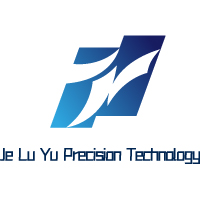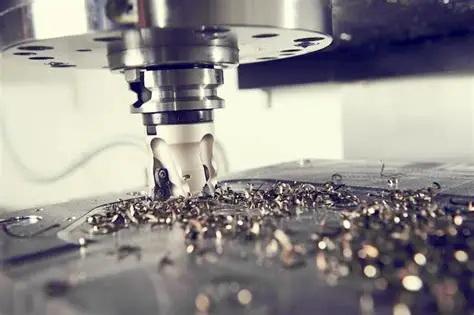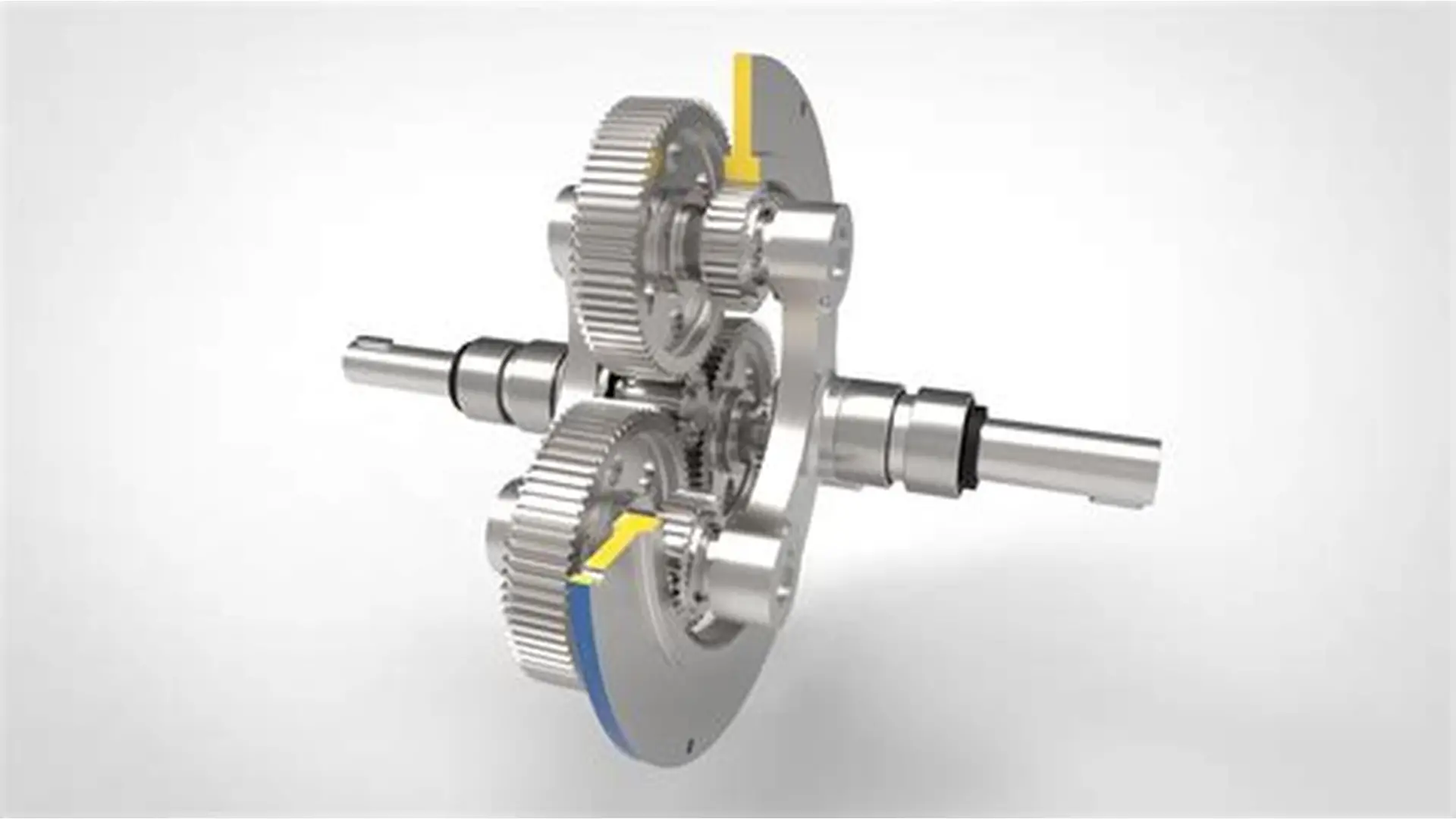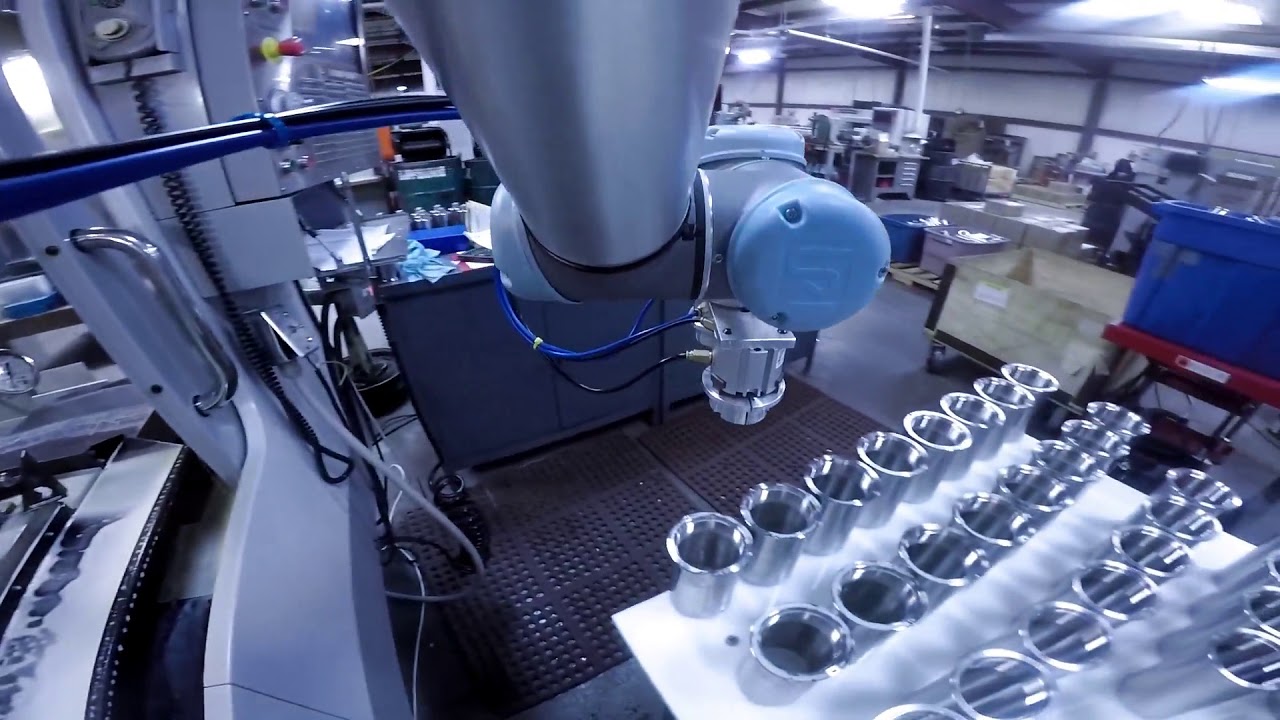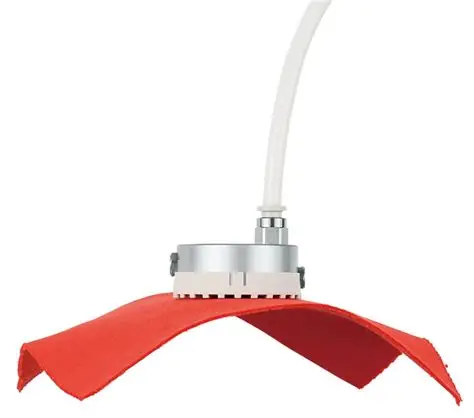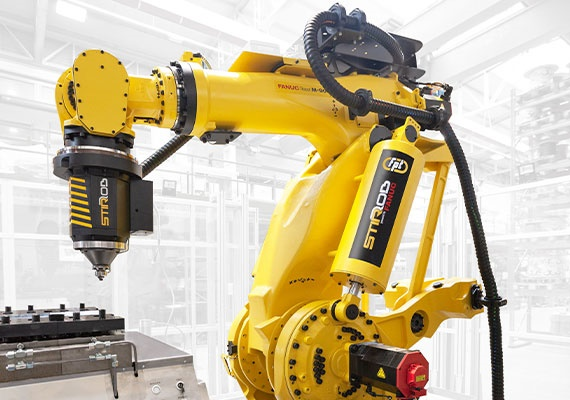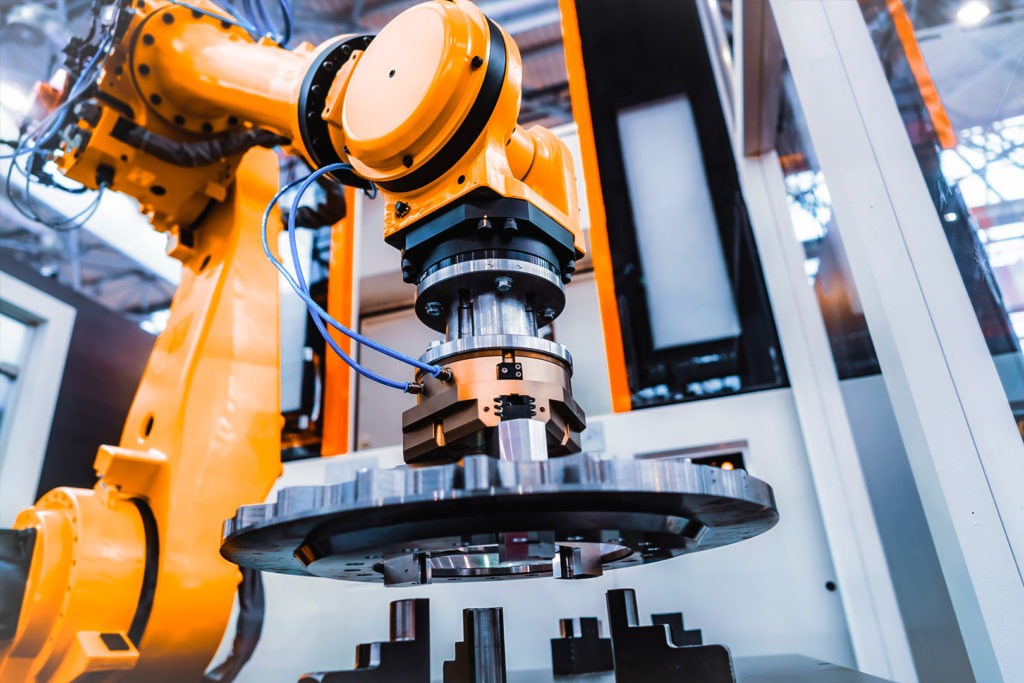The Comprehensive Guide to CNC Machined Part Quoting: Precision Pricing for Manufacturing Excellence
Introduction to CNC Machined Part Quoting
The quotation process for CNC machined parts represents a critical bridge between design conception and manufacturing reality. This complex technical and commercial exercise requires deep understanding of manufacturing processes, material science, and economic factors that influence the final cost of precision components. The global CNC machining market continues to evolve rapidly, with increasing demands for transparent pricing models, faster quotation turnaround, and comprehensive cost breakdowns that help engineers and procurement professionals make informed decisions.
An accurate CNC machining quotation does more than simply provide a price—it demonstrates manufacturing expertise, identifies potential production challenges, and establishes the foundation for a successful supplier-customer relationship. This comprehensive guide explores the intricate factors, calculation methodologies, and strategic considerations that professional machining services employ to develop precise, competitive quotations for custom machined components.
Fundamental Concepts in CNC Machining Economics
Key Terminology in Manufacturing Economics
Understanding CNC machining quotations requires familiarity with several critical concepts:
Table: Essential Economic Terms in CNC Machining Quotations
| Term | Definition | Impact on Quoting |
|---|---|---|
| Cycle Time | The total time required to complete all operations on a single part | Directly determines machining cost component |
| Takt Time | The available production time divided by customer demand rate | Sets production pace requirements |
| Lead Time | Total time from order placement to completion, including all processing and wait times | Affects pricing for rush orders and production scheduling |
| Setup Time | Time required to prepare machines, fixtures, and tools for production | Amortized across production quantity |
| Material Utilization | Percentage of raw material converted into finished part | Significant cost factor, especially for expensive materials |
The Quotation Development Process
Professional CNC machining services follow a systematic approach to quotation development:
-
Design Analysis: Comprehensive review of CAD models and drawings
-
Manufacturability Assessment: Identification of potential production challenges
-
Process Planning: Determination of optimal manufacturing sequence
-
Time Estimation: Calculation of machining, setup, and handling times
-
Cost Calculation: Computation of all cost components
-
Price Finalization: Application of appropriate margins and market factors
Components of a CNC Machining Quotation
Material Cost Calculations
Material selection significantly impacts overall part cost:
Table: Common CNC Materials and Cost Considerations
| Material Type | Relative Cost Factor | Machinability Rating | Typical Applications | Special Considerations |
|---|---|---|---|---|
| Aluminum 6061 | 1.0 (Baseline) | Excellent | Aerospace, automotive, consumer products | Good strength-to-weight ratio, easy to machine |
| Stainless Steel 304 | 1.8-2.5 | Moderate | Medical, food processing, marine | Corrosion resistance, work hardening issues |
| Brass C360 | 2.0-3.0 | Excellent | Plumbing, electrical, decorative | High machinability, good corrosion resistance |
| Titanium Grade 5 | 5.0-8.0 | Difficult | Aerospace, medical implants | High strength, difficult to machine, special tools required |
| PEEK | 4.0-6.0 | Good | Medical, aerospace, high-temperature | Engineering plastic, requires specific machining parameters |
Material cost is calculated based on the volume of raw material required, including necessary excess for machining allowance and fixturing. The formula typically follows:
Material Cost = (Raw Material Volume × Material Density × Price per Unit Weight) + Material Waste Cost
Machining Time Calculations
Machining time is a critical cost driver calculated through sophisticated CAM software analysis:
Table: CNC Machining Time Calculation Factors
| Operation Type | Key Parameters | Time Calculation Approach | Cost Impact |
|---|---|---|---|
| Rough Machining | Material removal rate, tool stepover, depth of cut | Volume of material ÷ removal rate | High impact due to material volume |
| Finish Machining | Surface finish requirements, tolerance demands | Surface area ÷ finish rate | Moderate impact, depends on requirements |
| Feature Creation | Hole making, threading, complex geometry | Feature count × time per feature | Variable based on complexity |
| Setup and Fixturing | Part geometry, quantity, tolerance requirements | Fixed time + per-part handling | Amortized across production quantity |
For accurate quoting, machining services often use these calculation standards:
-
For programs ≤120 minutes: Planned time = [Setup time + (Program time × 1.7)] × Quantity
-
For programs >120 minutes: Planned time = [Setup time + (Program time × 1.5)] × Quantity
Labor and Overhead Costs
Labor costs encompass programming, machine operation, and supervision:
Labor Cost = (Programming Time × Programmer Rate) + (Machine Time × Operator Rate)
Overhead costs include facility expenses, equipment depreciation, maintenance, and administrative support. These are typically allocated as a percentage of direct labor costs or as an hourly machine rate.
Secondary Operations Costs
Many CNC machined parts require additional processing:
-
Surface Treatments: Anodizing, plating, painting, powder coating
-
Heat Treatment: Stress relieving, hardening, tempering
-
Quality Control: Inspection, testing, certification
-
Special Packaging: Protective packaging for sensitive components
Factors Influencing CNC Machining Quotes
Part Design Complexity
Design elements significantly impact machining costs:
Table: Design Complexity Impact on CNC Machining Costs
| Design Feature | Cost Impact | Reason | Design Recommendation |
|---|---|---|---|
| Tight Tolerances | +15-50% | Requires slower machining, specialized tools, more inspection | Specify tight tolerances only where essential |
| Deep Cavities | +20-40% | Requires long-reach tools, reduced feed rates, multiple operations | Consider alternative designs or multi-part assemblies |
| Small Features | +10-30% | Requires specialized micro-tools, reduced machining parameters | Combine features or consider EDM for very small features |
| Complex 3D Contours | +25-60% | Requires 5-axis machining, advanced programming, longer cycle times | Simplify surfaces where possible |
| Thin Walls | +15-35% | Requires careful machining strategies, potential for additional operations | Increase thickness where possible |
Quantity and Production Volume
Production quantity dramatically affects per-part pricing through economies of scale:
-
Prototype Quantities (1-10 pieces): High setup cost amortization, premium pricing
-
Low-Volume Production (10-100 pieces): Moderate setup amortization, balanced pricing
-
Medium-Volume Production (100-1,000 pieces): Efficient setup amortization, competitive pricing
-
High-Volume Production (1,000+ pieces): Optimal setup amortization, most competitive pricing
Material Selection Considerations
Material choice affects both raw material costs and machining costs:
-
Machinability: Materials with better machinability (e.g., aluminum, brass) machine faster with less tool wear
-
Material Cost: Exotic materials (titanium, PEEK) have higher raw material costs
-
Tooling Requirements: Difficult-to-machine materials require specialized tooling
-
Scrap Rates: More challenging materials often have higher scrap rates during learning curve
Geometric Dimensioning and Tolerancing (GD&T)
Tolerance requirements significantly impact machining costs:
-
Standard Tolerances: ±0.125 mm (±0.005″) – No significant cost impact
-
Precision Tolerances: ±0.025 mm (±0.001″) – 15-25% cost premium
-
High-Precision Tolerances: ±0.005 mm (±0.0002″) – 50-100%+ cost premium
The Quotation Process: Step-by-Step
Stage 1: Design Analysis and DFM Feedback
The quotation process begins with comprehensive design for manufacturability (DFM) analysis:
-
CAD Model Review: Examination of 3D models for manufacturability issues
-
Drawing Analysis: Verification of tolerances, specifications, and requirements
-
DFM Recommendations: Suggestions for design modifications to reduce cost and improve manufacturability
-
Process Identification: Determination of optimal manufacturing approaches
Stage 2: Process Planning and Time Estimation
Detailed process planning establishes the manufacturing approach:
-
Operation Sequencing: Logical progression of machining operations
-
Tooling Selection: Appropriate cutting tools for each operation
-
Fixturing Strategy: Workholding approach for each setup
-
Time Estimation: Calculation of machining times for each operation
Stage 3: Cost Calculation and Pricing
Actual cost calculation involves multiple components:
Total Cost = Material Cost + Machining Cost + Setup Cost + Secondary Processing Cost + Overhead + Profit Margin
Stage 4: Quotation Presentation and Validation
Professional quotations include:
-
Detailed cost breakdown
-
Assumptions and exclusions
-
Delivery timeline
-
Terms and conditions
-
Validity period
Case Studies: Real-World Quotation Examples
Case Study 1: Aerospace Bracket Component
Part Overview: Aluminum 7075-T6 flight control bracket with complex mounting features
Challenge: Achieve tight tolerances (±0.025mm) on critical bearing surfaces while maintaining cost competitiveness for medium-volume production (500 pieces)
Quotation Approach:
-
Process Planning: 3-axis machining with fourth-axis rotary for complete part completion in two setups
-
Tooling Strategy: Standard end mills with specialized form tools for specific features
-
Quality Assurance: First article inspection, statistical process control, and critical feature 100% inspection
Cost Breakdown:
-
Material Cost: $18.50 per part
-
Machining Time: 43 minutes per part at $85/hour machine rate = $60.92
-
Setup Cost: $420 amortized across batch = $0.84 per part
-
Surface Treatment: Type II anodizing = $4.25 per part
-
Quality Control: CMM inspection = $6.50 per part
-
Total Cost per Part: $91.01
Value Engineering: Recommended design modification to eliminate one complex feature, reducing machining time by 18% and saving $8.22 per part.
Case Study 2: Medical Device Titanium Housing
Part Overview: Ti-6Al-4V medical implant housing with biocompatibility requirements
Challenge: Machine difficult titanium alloy to medical-grade standards with extensive documentation and traceability requirements
Quotation Approach:
-
Specialized Equipment: 5-axis machining center with high-pressure coolant through spindle
-
Tooling: Diamond-coated end mills for titanium machining
-
Documentation: Full material traceability, process documentation, and validation reports
Cost Breakdown:
-
Material Cost: $127.80 per part (including certified material traceability)
-
Machining Time: 86 minutes per part at $145/hour machine rate = $207.83
-
Setup and Validation: $2,850 amortized across batch of 250 = $11.40 per part
-
Electropolishing: $18.75 per part
-
Quality Assurance: Full inspection with CMM and surface roughness analysis = $23.50 per part
-
Total Cost per Part: $389.28
Case Study 3: High-Volume Automotive Component
Part Overview: Aluminum 6061-T6 sensor mounting bracket for automotive application
Challenge: Reduce per-part cost for high-volume production (25,000 pieces annually) while maintaining quality and delivery reliability
Quotation Approach:
-
Dedicated Fixturing: Custom quick-change fixtures to minimize setup time
-
Tooling Optimization: Specialized carbide tooling with optimized parameters for maximum metal removal rates
-
Production Cell: Dedicated machining cell with automated loading/unloading
Cost Breakdown:
-
Material Cost: $6.82 per part (volume pricing)
-
Machining Time: 8.5 minutes per part at $75/hour machine rate = $10.63
-
Setup Cost: $325 amortized across batch of 2,500 = $0.13 per part
-
Powder Coating: $2.85 per part
-
Quality Assurance: Statistical process control with audit inspection = $1.25 per part
-
Total Cost per Part: $21.68
Strategies for Optimizing CNC Machining Costs
Design Optimization Techniques
Implement design for manufacturability principles to reduce costs:
-
Standardize Features: Use standard hole sizes, radii, and thread types
-
Minimize Tight Tolerances: Only specify tight tolerances where functionally required
-
Simplify Geometry: Reduce complex 3D contours where possible
-
Consider Alternative Manufacturing: Identify features that might be more economically produced through other processes
Production Quantity Optimization
Leverage production economics to reduce per-part costs:
-
Batch Production: Combine multiple orders for similar parts
-
Family Machining: Group similar parts in production runs
-
Strategic Stocking: Maintain inventory of common raw materials
-
Volume Commitments: Offer preferential pricing for volume commitments
Process Efficiency Improvements
Implement manufacturing efficiency strategies:
-
High-Efficiency Machining: Optimized tool paths and parameters
-
Setup Reduction: Quick-change fixturing and standardized setups
-
Tooling Optimization: Specialized tooling for specific applications
-
Automated Loading: Reduced manual handling and increased machine utilization
Understanding Quotation Variations
Why Quotes Vary Between Suppliers
Multiple factors contribute to price variations between different machining suppliers:
Table: Factors Contributing to Quotation Variations
| Factor | Impact on Price Variation | Explanation |
|---|---|---|
| Equipment Capabilities | ±15-40% | Modern equipment vs. older machinery |
| Overhead Structure | ±10-30% | Facility costs, administrative overhead |
| Quality Systems | ±5-25% | Certification requirements (ISO, AS9100, etc.) |
| Geographic Location | ±20-50% | Labor rates, facility costs, local market conditions |
| Supplier Business Model | ±15-35% | High-volume vs. low-volume specialization |
Evaluating Quotations Beyond Price
Smart buying decisions consider multiple factors beyond unit price:
-
Technical Capability: Ability to meet all technical requirements
-
Quality History: Track record for delivering quality parts
-
Delivery Performance: On-time delivery history and reliability
-
Communication: Responsiveness and technical support
-
Total Cost of Ownership: Including rework, delays, and administrative costs
The Future of CNC Machining Quotations
Digital Transformation in Quoting
Emerging technologies are transforming the quotation process:
-
Automated Quoting Systems: AI-powered instant quotation platforms
-
Digital Twin Technology: Virtual machining process simulation
-
Blockchain Documentation: Secure, transparent cost tracking
-
Predictive Analytics: Historical data analysis for accurate forecasting
Sustainable Manufacturing Considerations
Environmental factors increasingly influence machining economics:
-
Material Efficiency: Reduced waste through optimized nesting
-
Energy Consumption: Energy-efficient equipment and processes
-
Recycling Programs: Closed-loop material recycling systems
-
Green Certifications: Environmental management system certifications
Conclusion: Maximizing Value in CNC Machining Quotations
The quotation process for CNC machined parts represents a complex technical and commercial exercise that requires deep manufacturing expertise, accurate cost modeling, and strategic thinking. By understanding the factors that influence machining costs, engineers and buyers can make informed decisions that balance technical requirements, quality expectations, and budget constraints.
The most successful manufacturing partnerships emerge when suppliers and customers collaborate transparently through the quotation process, identifying opportunities to optimize designs for manufacturability, reduce total costs, and establish realistic expectations for quality and delivery.
As manufacturing technologies continue to evolve, the quotation process will become increasingly transparent, accurate, and rapid, enabling faster decision-making and more efficient production planning across the manufacturing ecosystem.
For specific applications or to request a quotation for your CNC machining requirements, please contact our technical team for personalized assistance: https://www.jlypt.com/cnc-machining-services/
